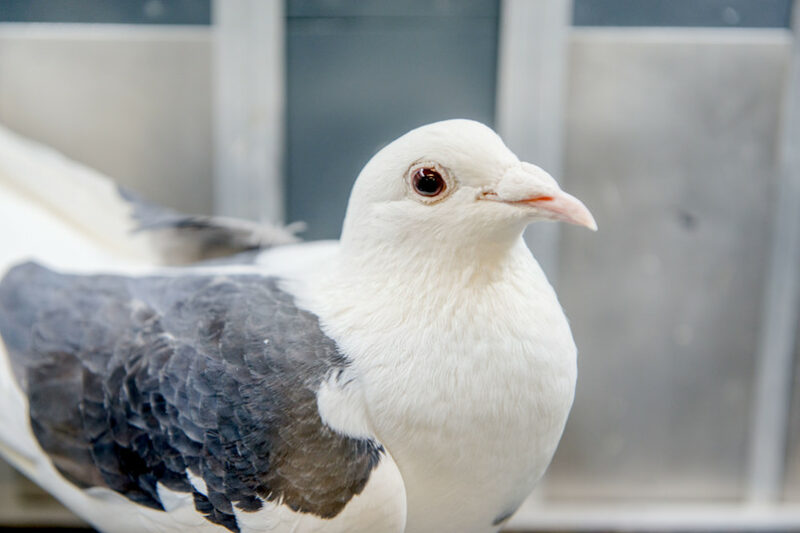The RUB news portal reports:
Researchers at Ruhr-Universität explain why the brains of pigeons, parrots and corvids can perform similarly to mammalian brains, despite the major differences.
Since the end of the 19th century, researchers have agreed that high intelligence requires the high computing capacity of large brains. It was also discovered that the typical mammalian cortex is necessary to analyze and link information in detail. However, bird brains are very small and do not have a structure that resembles a cortex. Nevertheless, scientists have been able to show that parrots and corvids plan for the future, forge social strategies, recognize themselves in the mirror and build tools. They are therefore on a par with chimpanzees. Even less gifted birds, such as pigeons, learn orthographic rules that enable them to recognize typos in short words or classify pictures according to categories such as “impressionism”, “water” or “man-made”. How is this possible? How do they do it with such small brains and no cortex? With their article in Trends in Cognitive Science, Prof. Dr. Onur Güntürkün, Dr. Roland Pusch and Prof. Dr. Jonas Rose come closer to solving this more than hundred-year-old puzzle.
Full original article by RUB (German): >>
Original article as PDF (German): >>
Scientific Paper: >>

